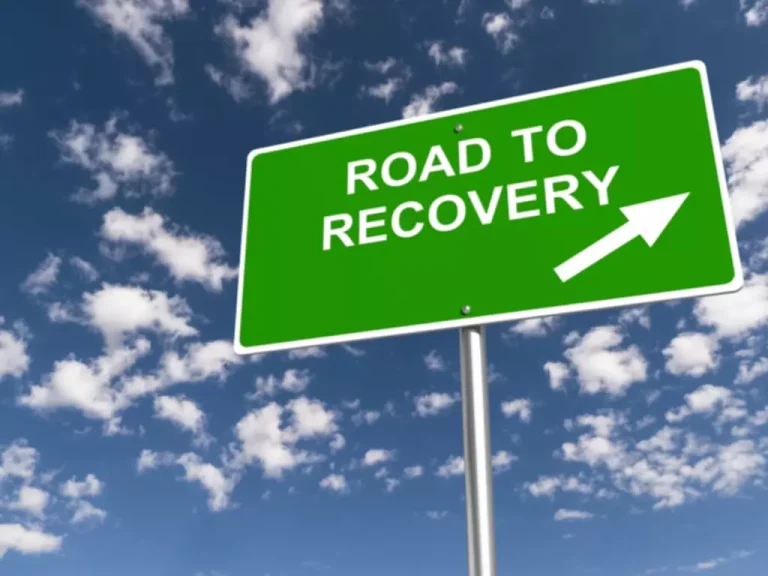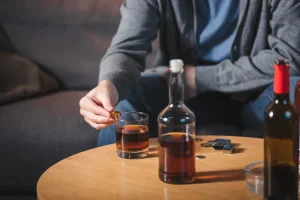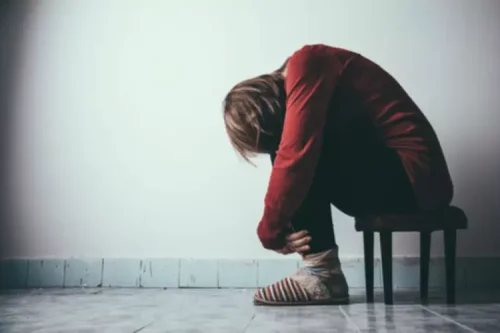
One minute they’re on top of the world, the next they’re snapping at you for breathing too loudly. It’s an emotional roller coaster that would make even the most hardened thrill-seeker queasy. Ongoing slowed breathing can lead to a condition called hypoxia. If you yourself are using, you might realize that you need to ingest more and more heroin to achieve the same pleasurable feeling you used to get with less of the drug. Plain allosteric modulators do not belong to the opioids, instead they are classified as opioidergics. Preparations of mixed opium alkaloids, including papaveretum, are still occasionally used.

Emergency Medical Services
Methadone and buprenorphine are safe to use while pregnant and breastfeeding and can improve outcomes for both mother and baby. Play an active role in protecting yourself and others from the dangers of opioid addiction. Genetic, psychological and environmental factors also play a role in addiction, which can happen quickly or after many years of opioid use. However, only about 1 in 4 people with OUD receive professional treatment. Left untreated, the prognosis (outlook) for opioid use disorder is often poor.
- Those close to you may become aware of your addiction before you do.
- It is normal—although hard—to have these symptoms as your body recovers from the effects of the drug and lessens its tolerance and dependence on the drug.
- These medications aren’t cheap when you buy them on the street.
- However, the lack of structure and support might be less effective for severe addictions.
What is the prognosis for opioid use disorder?

Signs and symptoms of inhalant use vary, depending on the substance. Some commonly inhaled substances include glue, paint thinners, correction fluid, felt tip marker fluid, gasoline, cleaning fluids and household aerosol products. Due to the toxic nature of these substances, users may develop brain damage or sudden death. The risk of addiction and how fast you become addicted varies by drug. Some drugs, such as opioid painkillers, have a higher risk and cause addiction more quickly than others.
- Finding the right treatment team can be a huge benefit for managing this disorder, and it’s possible to be there as part of a loved one’s support network.
- Experiencing euphoria after taking opioids may be a warning sign of vulnerability to opioid addiction.
- These drugs can produce a “high” similar to marijuana and have become a popular but dangerous alternative.
- As your drug use increases, you may find that it’s increasingly difficult to go without the drug.
What Does Adderall Addiction and Abuse Look Like?

If you’re no longer experiencing pain, contact your local pharmacy for the safest way to dispose of your medication. Prevention of opioid abuse is important so this doesn’t become an issue. Treatment options such as medications, therapy, and rehabilitation are available for those who are looking to quit.

People who are addicted to opioids still may hold down jobs and seem stable at work and home. But over time, the opioid use disorder is likely to lead to serious problems. When addicted to a drug, a person opioid addiction treatment will continue to use the drug even when it makes life worse. The second reason they’re dangerous is that they’re so powerful. So not only are they addictive, but they are also potentially deadly.
Opioid painkillers
This is particularly relevant for people with opioid use disorders and leaving prison, as they have very high rates of opioid overdose during the first four weeks after release. OUD can affect anyone — even if they were originally prescribed opioids by a doctor. There are a number of physical, psychological, and behavioral symptoms that may indicate that professional recovery treatment could be https://ecosoberhouse.com/ the way to go. Some of them may try to abruptly discontinue their use of opioids on their own, without medical assistance. Note that if someone is prescribed opioids for pain and is using them as prescribed, the physical dependence criteria are not factored into the number of signs and symptoms. OUD can impact many areas of a person’s life, including health, relationships, work and much more.
Changes in the brain
It may not be easy to tell, especially in the early stages of addiction. Maybe you’ve seen changes in your loved one’s moods or behavior. Or maybe you have a feeling that your loved one is misusing opioids, even if you’re not sure. If you’re right, speaking up could save the life of someone dear to you.
While it’s impossible to say who’s at risk for an opioid use disorder, there are factors that can raise the risk of developing a drug addiction. A related drug, prochlorperazine is more often used, although it has similar risks. Stronger antiemetics such as ondansetron or tropisetron are sometimes used when nausea is severe or continuous and disturbing, despite their greater cost. A less expensive alternative is dopamine antagonists such as domperidone and metoclopramide. Domperidone does not cross the blood–brain barrier and produce adverse central antidopaminergic effects, but blocks opioid emetic action in the chemoreceptor trigger zone.


